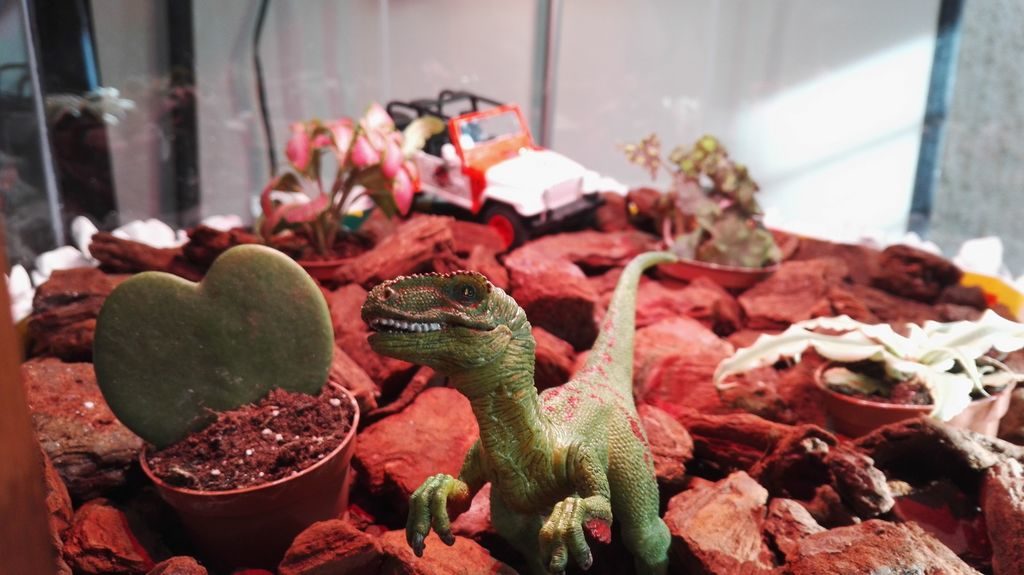TerraDome is a Jurassic World-themed terrarium

If you need a warm place to keep your tropical plants, then look no further than the beautiful “TerraDome” from maker “MagicManu.”
The device is equipped with an Arduino Mega that helps regulate the temperature inside its clear octagonal structure via a reptile heating pad, along with a fan salvaged from a PC power supply. A DHT11 sensor is used to sense temperature and humidity, shown on top of the dome by a small LED display.

Aside from taking care of plants, the project is decidedly dinosaur-themed, specifically Jurassic Park/World. It even features a servo-driven wooden door assembly on the front that looks like it came straight out of the movie, which swings open automatically to allow heat (or dinosaurs) to escape.
You can check out the build process in the video below (in French), or see the second for a short dino-style glimpse of the assembly.

